Stephan’s previous album was focused on carnivorous plants – “I wanted to depart from this whimsy nature of ambient – so I picked the grossest plants I could find,” and the next album will be focused on water sources – “marshes, oceans, rivers, creeks, brookes, and how they sound, engage and feel. The challenge with this has been to not have too much trickling because it makes you want to pee!”
For Perennial Duplicity, “I tried to embody plants, like the Rafflesia from the dense forests of Indonesia, which is a parasitic plants that’s also really beautiful, that feeds off certain other plants, but it’s also really smelly and in this tropical rainforest – so I used the rafflesia to create the feeling of this tragic, slow decay of eating other plants. Another plant I worked with is Stapelia, which is a desert cactus that grows along the west coast – and smells really, really bad. It has this beautiful star and a trippy shape to it.” The idea that nature in all its paradoxes and tensions, between the beautiful and the ugly, are all worth exploring — and perhaps more authentic as expressions of our own nature as beings — renders Stephan’s work as wholly mesmerising, indeed.
In ambient music, ‘biosynthesis’ metaphorically describes the process of creating immersive soundscapes from simple auditory elements. Just as biological biosynthesis combines basic molecules to form complex structures, ambient musicians layer tones, notes, and noises to build rich, evolving sound environments. Techniques like synthesisers, envelopes, and spatial effects shape these elements, creating a dynamic, organic auditory experience. This gradual evolution mirrors the natural processes in biology, resulting in a cohesive, living soundscape. Then, there is the more literal bio-synthesis – with Stephan engaged in both literal and figurative approaches — as he uses plants sensory materia to derive sound. As Stephan shares, “The way I connect to plants or bio-synthesis is through a heart-rate monitor which picks up really small vibrations within an object. Instead of using an electric current, it conveys the motion of the plant. So, on the leaves, it measures all these tiny vibrations, with a signal that gets multiplied and fed through a synthesiser. My synthesiser is set up like a theremin, an instrument that you play without touching it – it’s highly sensitive to any kind of input, and if you touch it, it’s going to read the sound and change accordingly. All the movements on the plant react through the synth,” and that, like the erratic character of Mother Nature herself, “it’s a very irregular movement, and it’s not that there’s a ‘note’ you can capture from the plant. Sometimes you touch it and it doesn’t do anything, and other times it reacts when someone walks by. The setup acts like a massive antenna and it’s very unpredictable to work with.”
I’m curious about Stephan’s perspectives on the musical nature of plants. Have his experiences led him to view plants as sonic beings? Does a ‘sonic state’ need to be entirely intentionally produced, like the purposeful creation of sound in human singing and the more spontaneous or incidental sounds that plants might produce? Stephan shares, “I do think plants emit patterns, which is kind of what singing is – it’s a pattern of communication. How sonic that is, I’m not entirely sure. Plants interact a lot more chemically and through a network that’s more akin to the brain, than movement through air. Plants emit sound as a byproduct of their existence, it’s not something they’re utilising as a function. For me, the extraction of that byproduct, of the movement of trees for example, which is a very exciting material to work with. Trees and plants are very silent beings compared to us, or other animals, so you really have to go down to a base level. At that point, are you hearing a plant, or are you hearing the movement of water within the plant? It’s interesting to think about.”
Stephan is part of an emerging wave of ambient artists in Cape Town, and his performances are shamanistic without any pretext; it is sound, human, nature – a trinity that is simple, yet undeniably powerful. In a collective cohort with his friends, Stephan is exploring live performances, as he explains, “I didn’t want to perform the album in a club, and I didn’t want to do it on a Friday or a Thursday. I want to be very selective and intentional, because I really enjoy events that are intentional. I create for creation’s sake, like I said, and I’m doing it unapologetically. I want to create an experience for people that is a pure experience of sharing art.” There is something strangely ambient about Cape Town – as a city flanked between mountain and ocean, with ancient forests lining some of our highways. A small but mighty ambient scene seems perfect and poetic; vital, for the city’s context. Ambient has the power to be a refuge, and like Stephan’s own experience; a kind of medicine or salve tempering our over-stimulating world, “to get people to make and play ambient music is tough because there’s not that many of us, but there is some kind of collective forming. We’re testing out different venues and hoping to find a more permanent venue. We’re trying to chat with the city and negotiate public spaces like swimming pools or parks so there’s accessibility.”
Lastly, I ask Stephan, as someone who has taken the creative plunge so recently, what he hopes for in terms of finding one’s artistic expression, to which he says, “I just want to encourage people to create. The best story that anyone can tell is their own, and I just want people to make stuff — we live in such a consumerist culture where creating something is usually for the intention of being sold, and I’d like to advocate for people to do the opposite. I want to reach as many people are interested in sound synthesis and ambient and I’m open to sharing my process, and my DMs are always an open invitation to share knowledge.” Botanicas is an artist to watch intently with something totally different and unique in his offering. In the botanical garden of sound, Stephan Erasmus is set to become a chief sonic seer, with whole ecologies in tow for us to immerse ourselves in. Sensational.
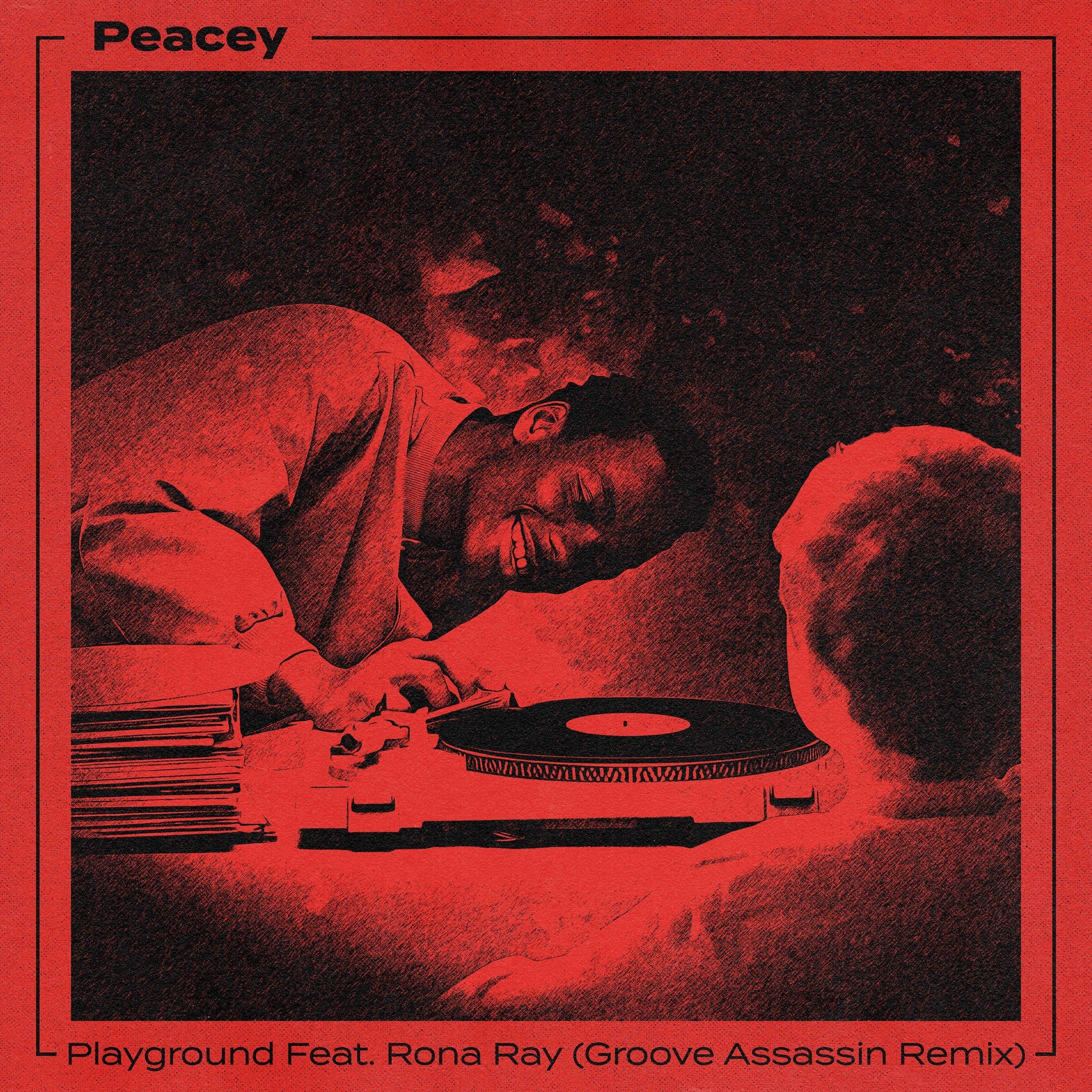

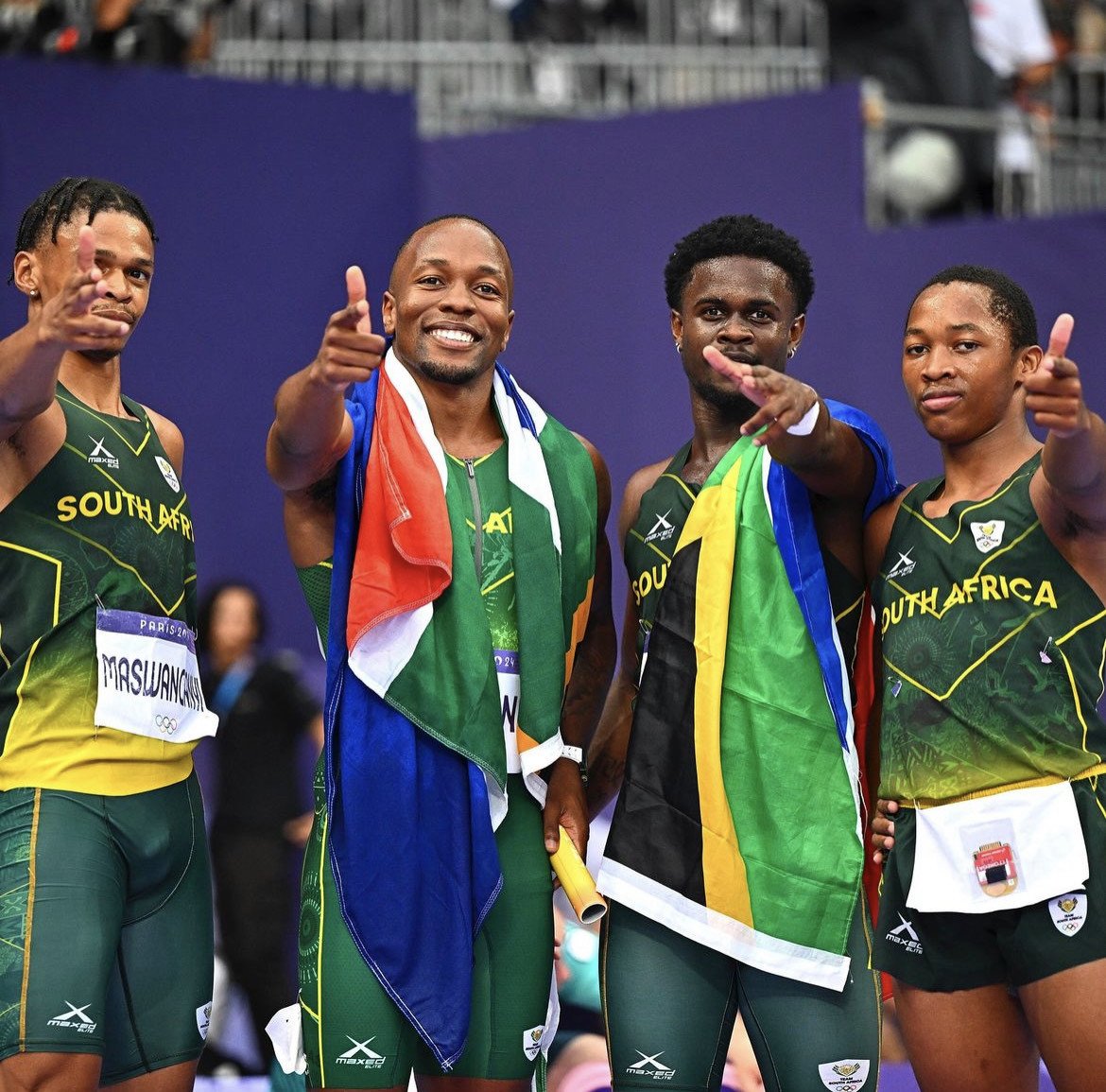
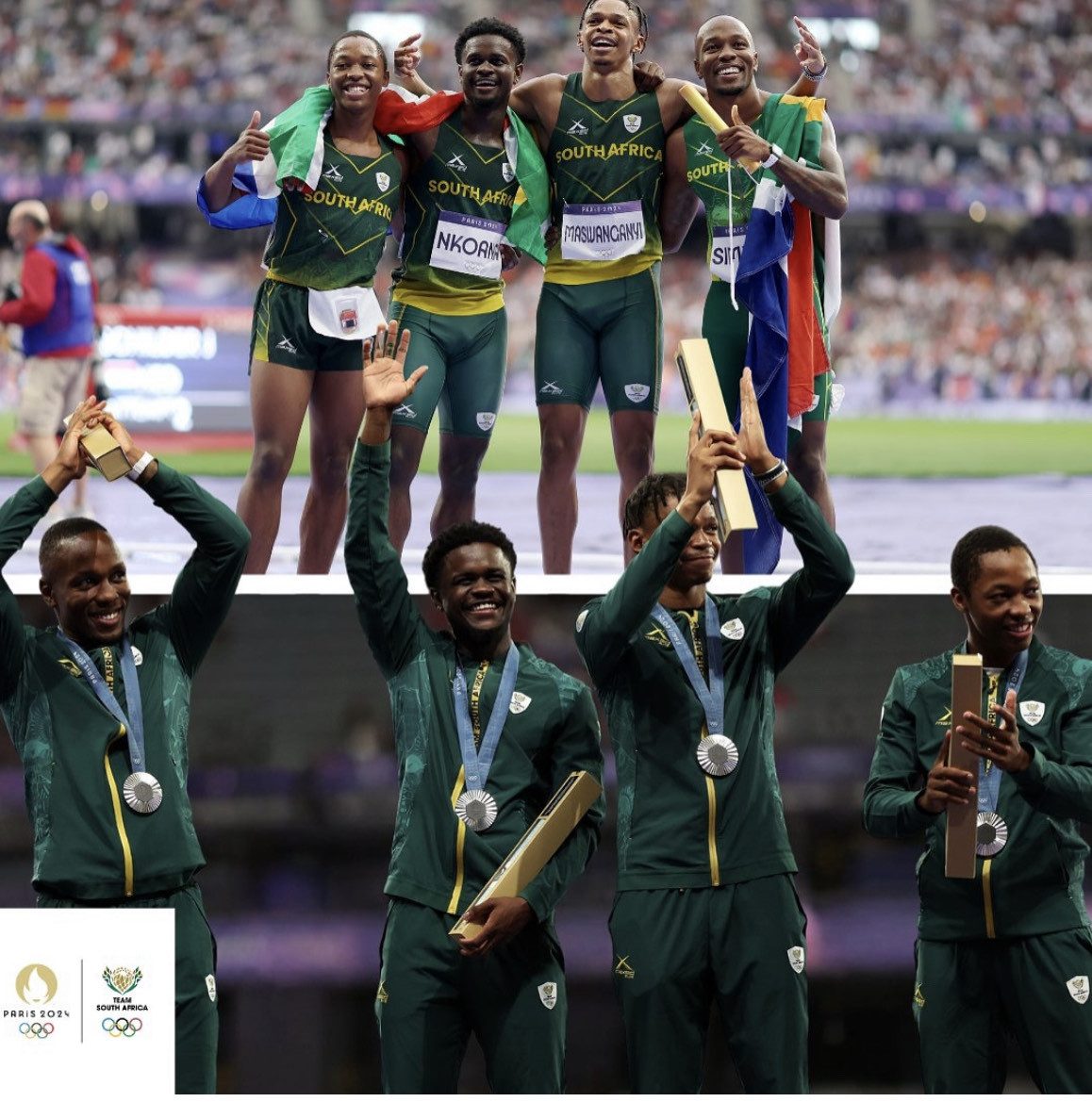
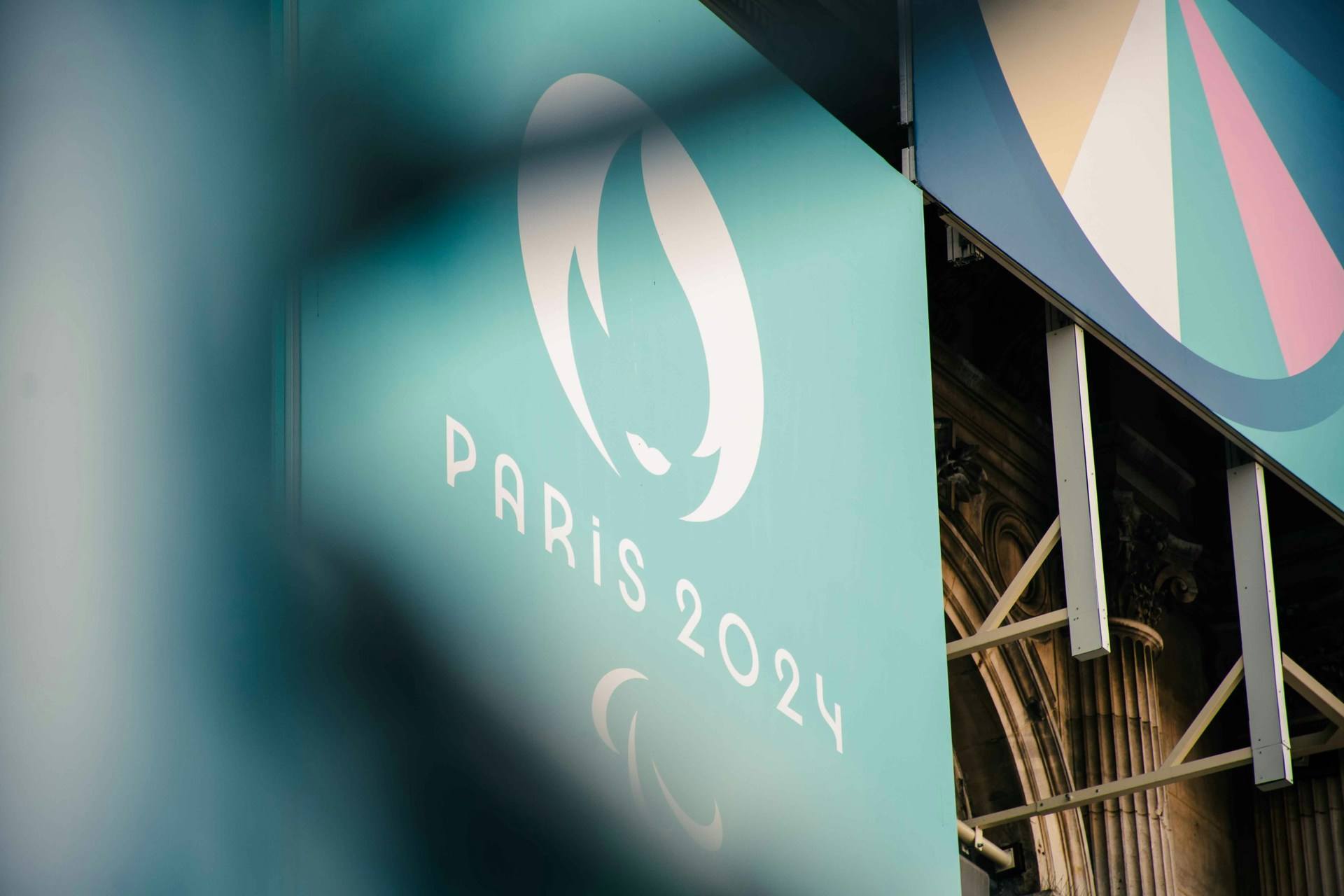

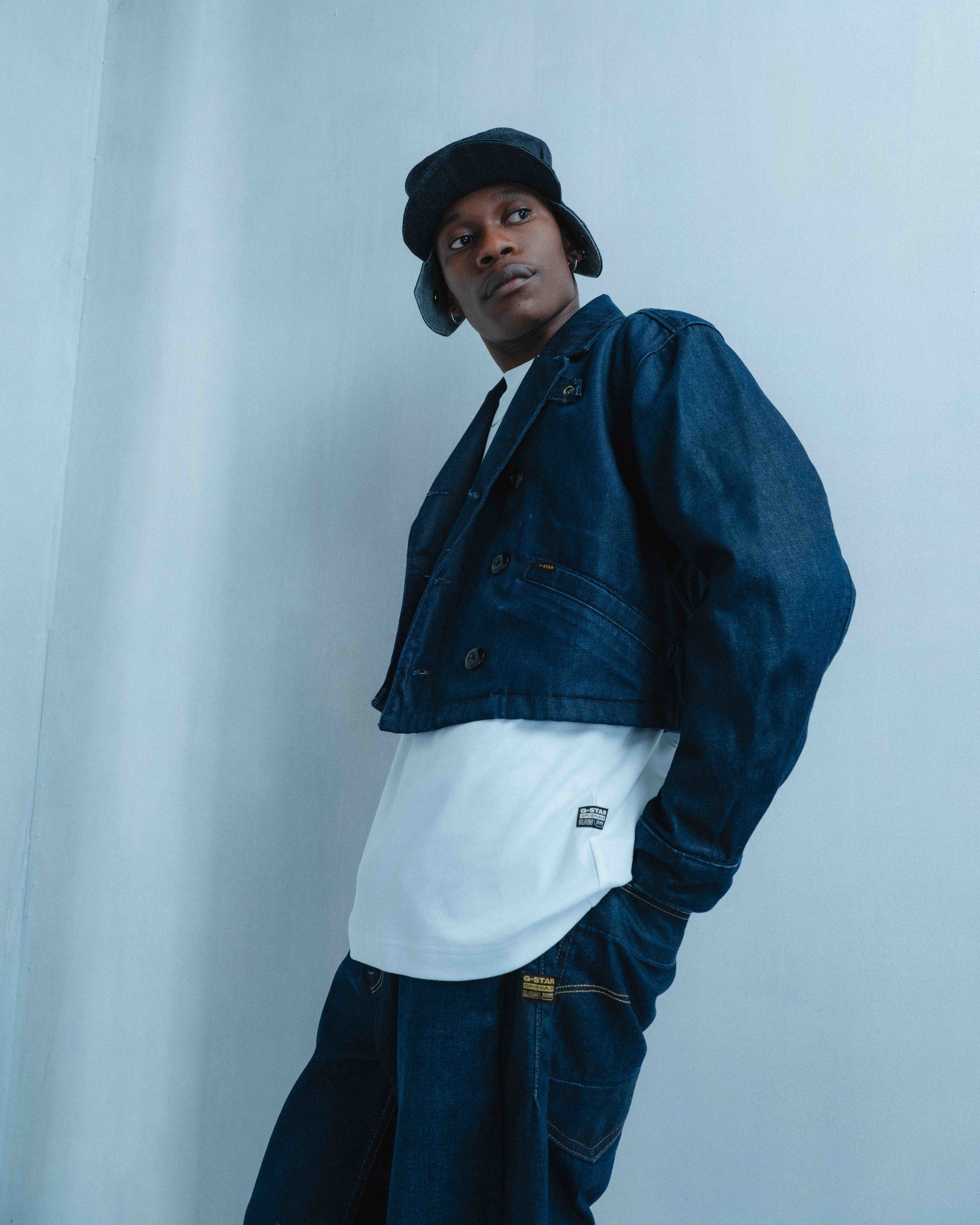
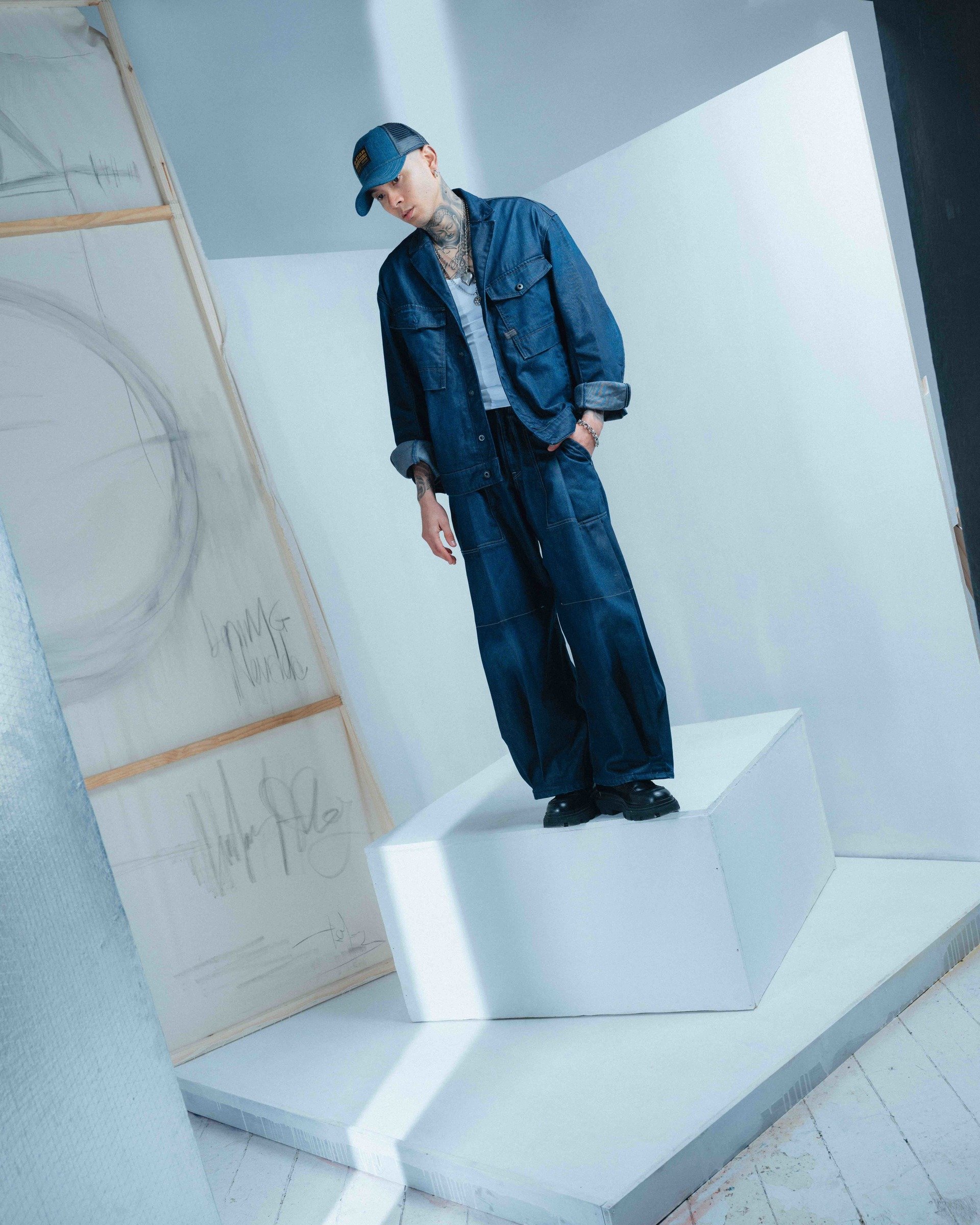
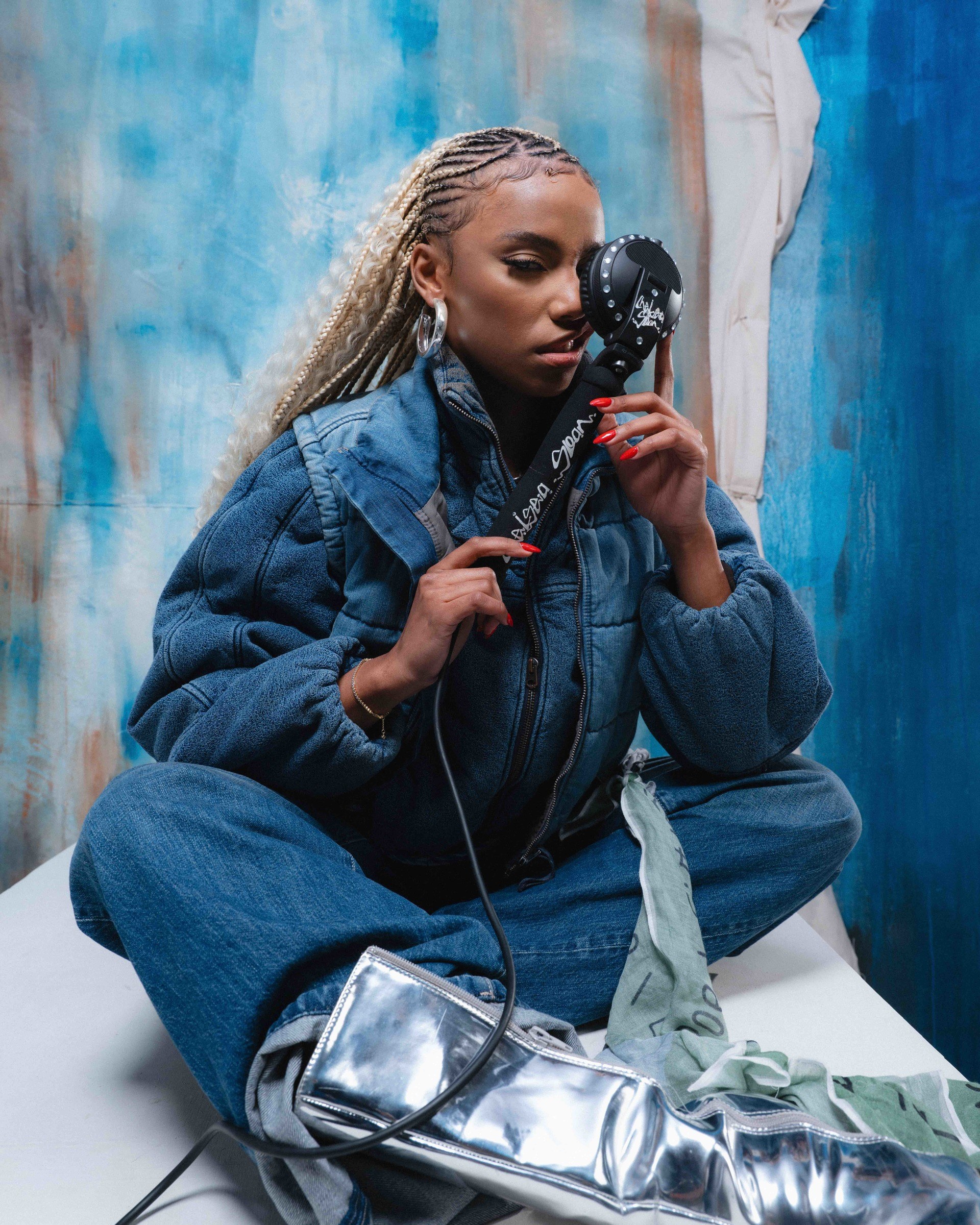
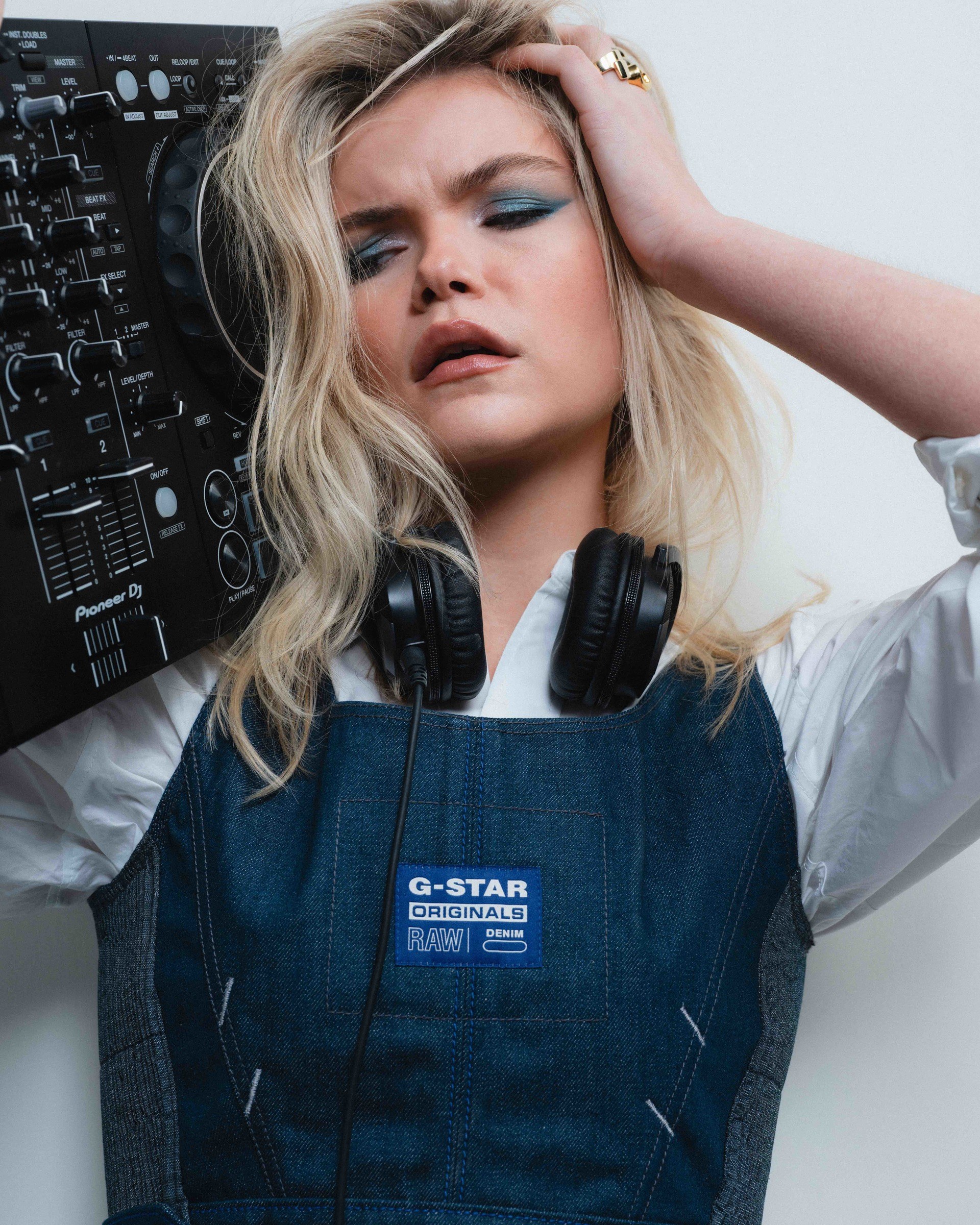
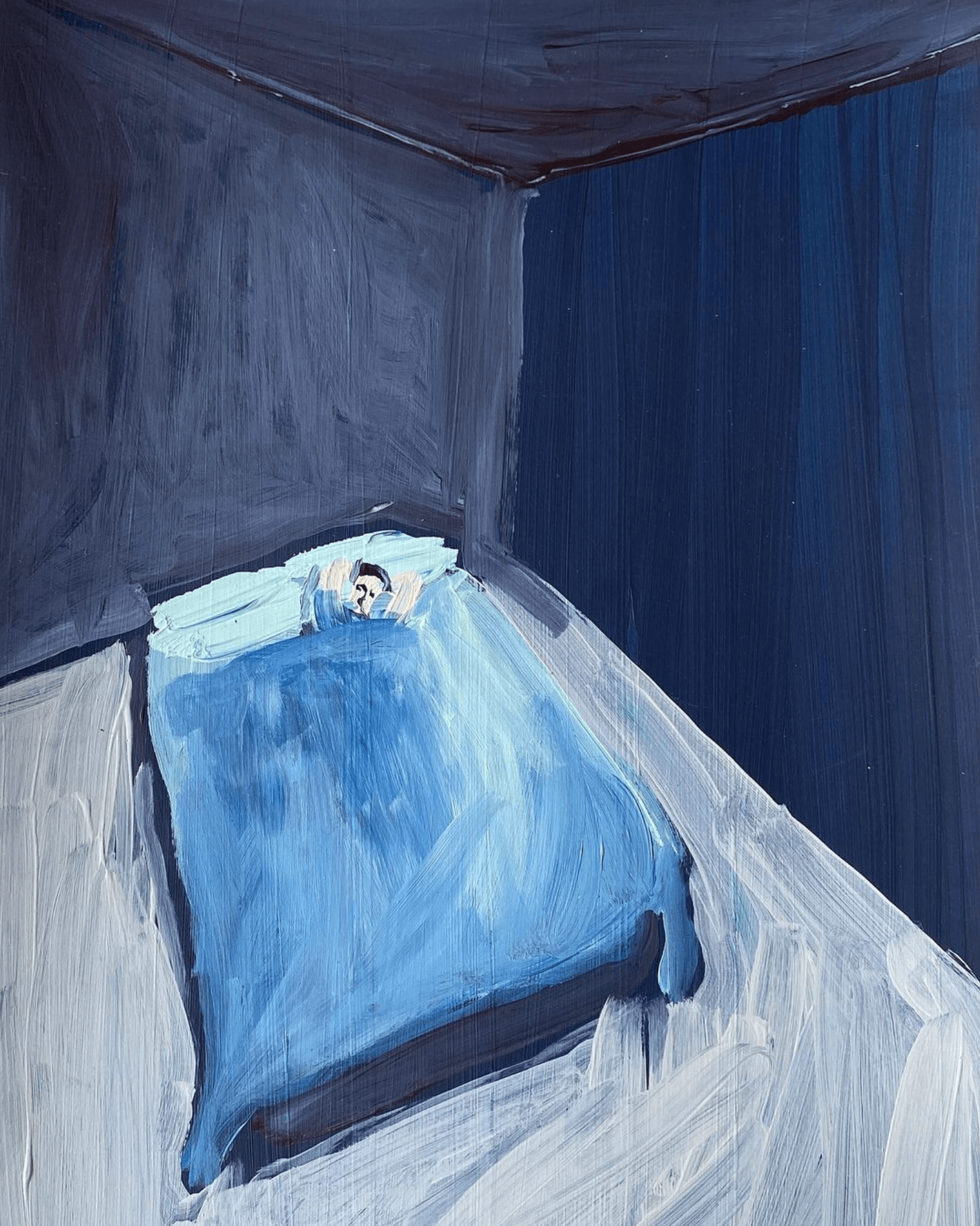
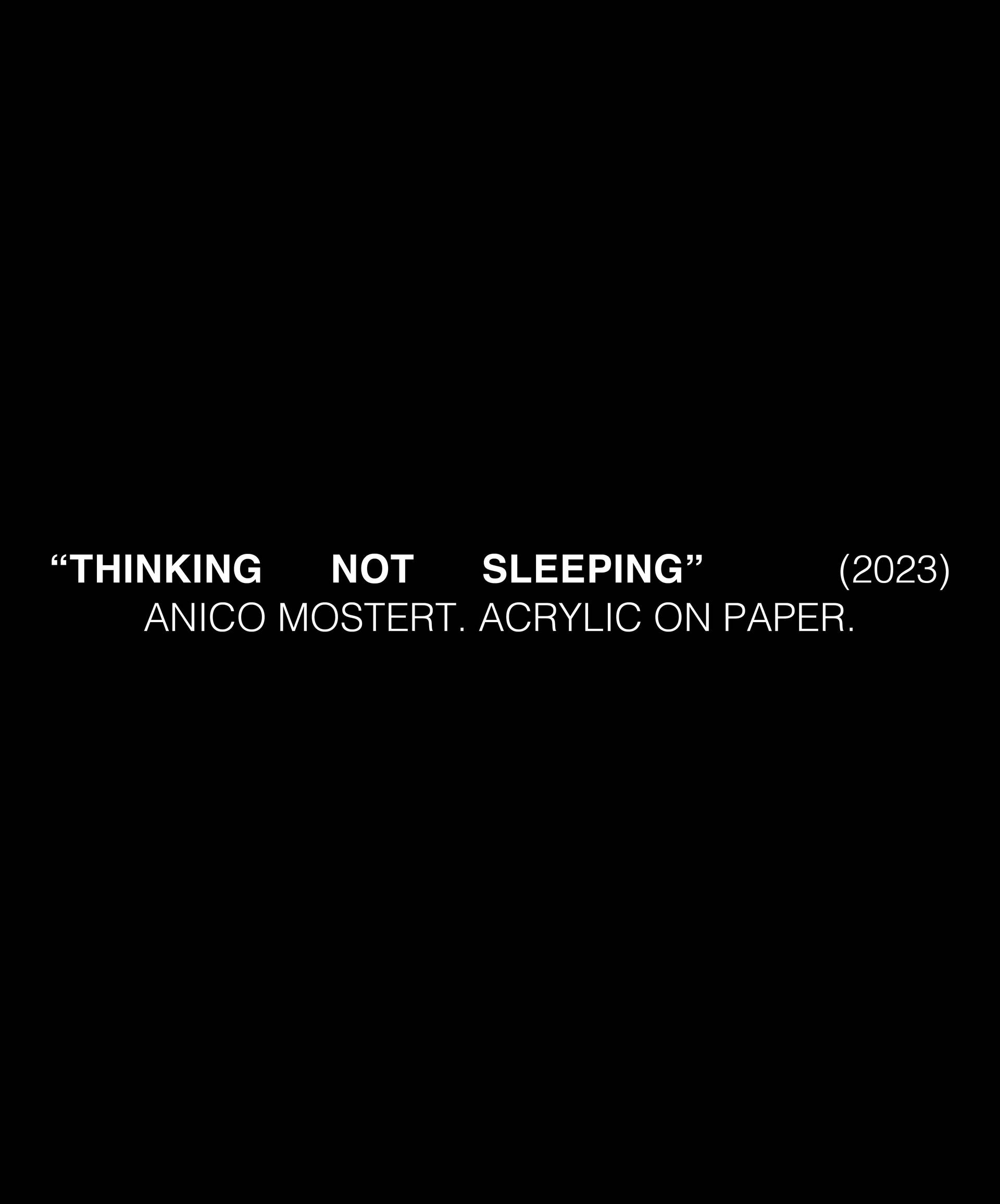
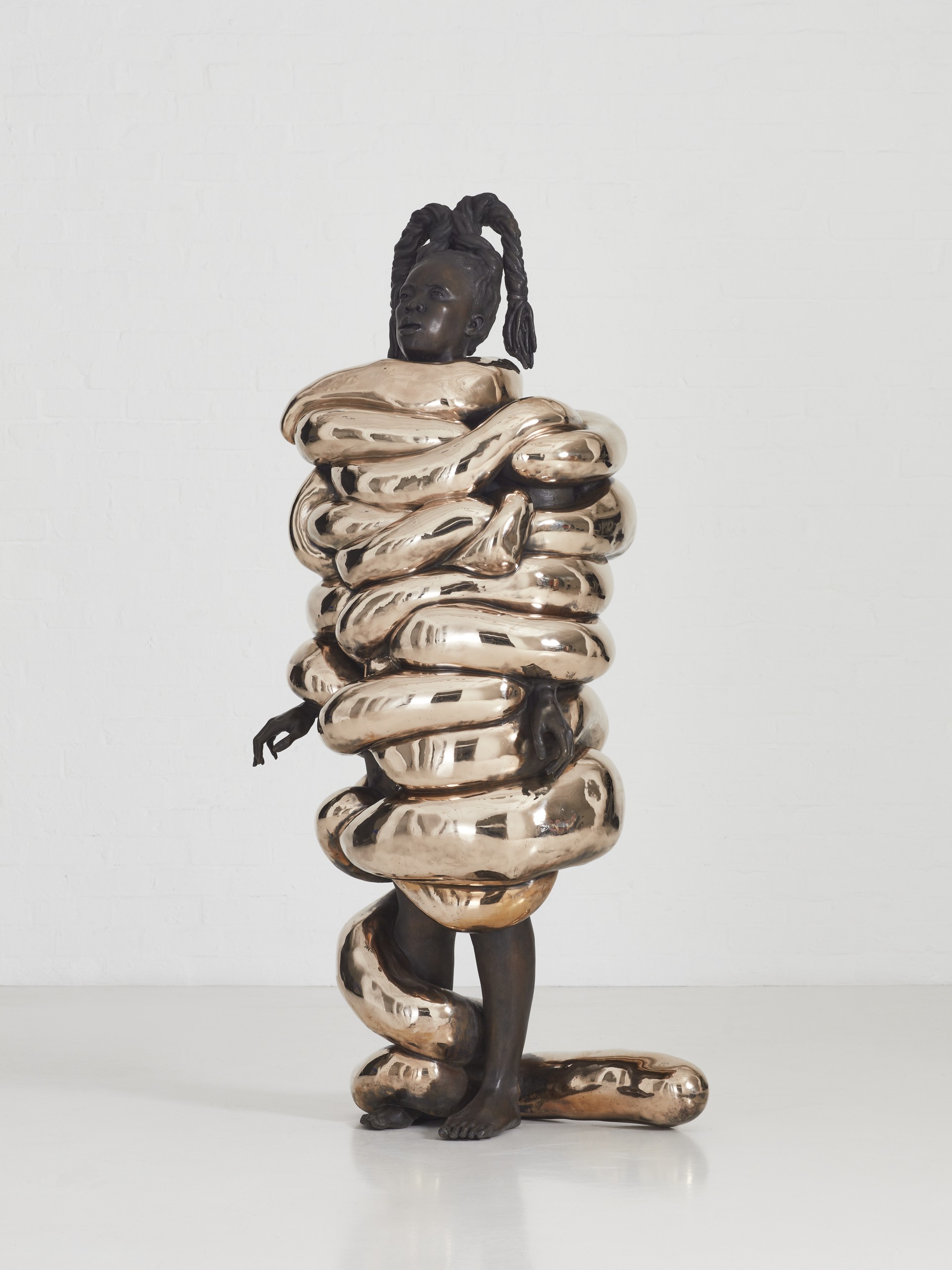
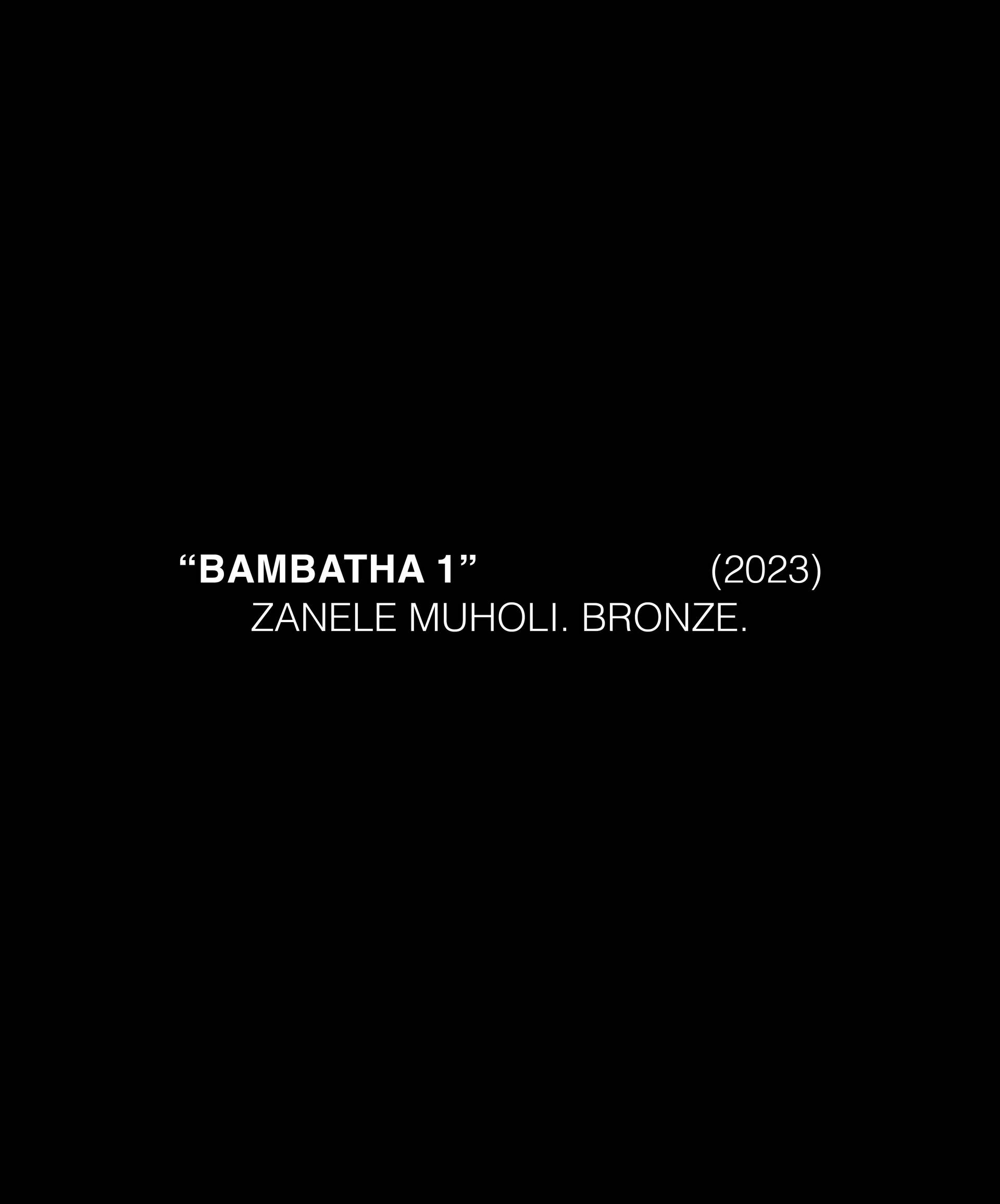
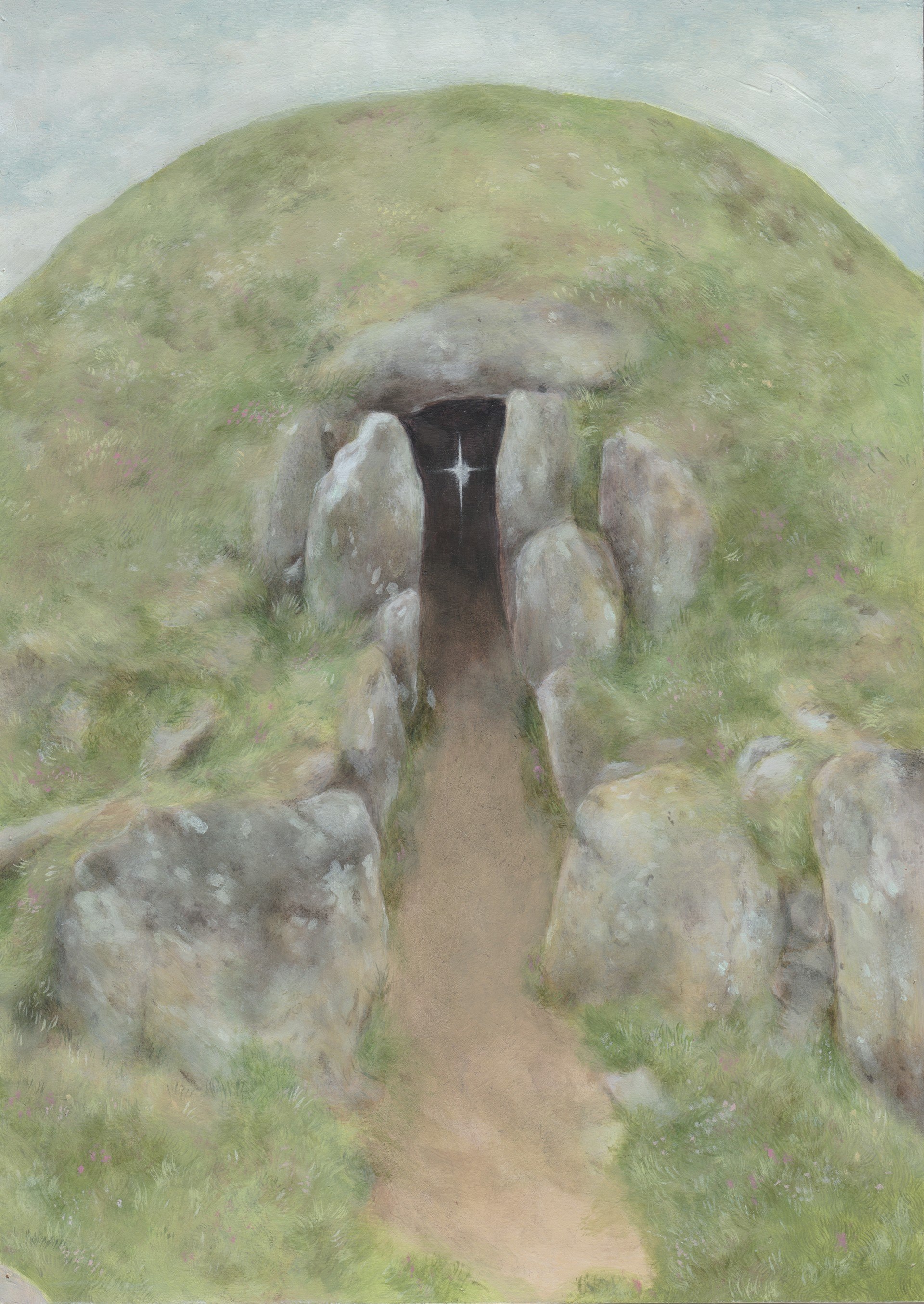
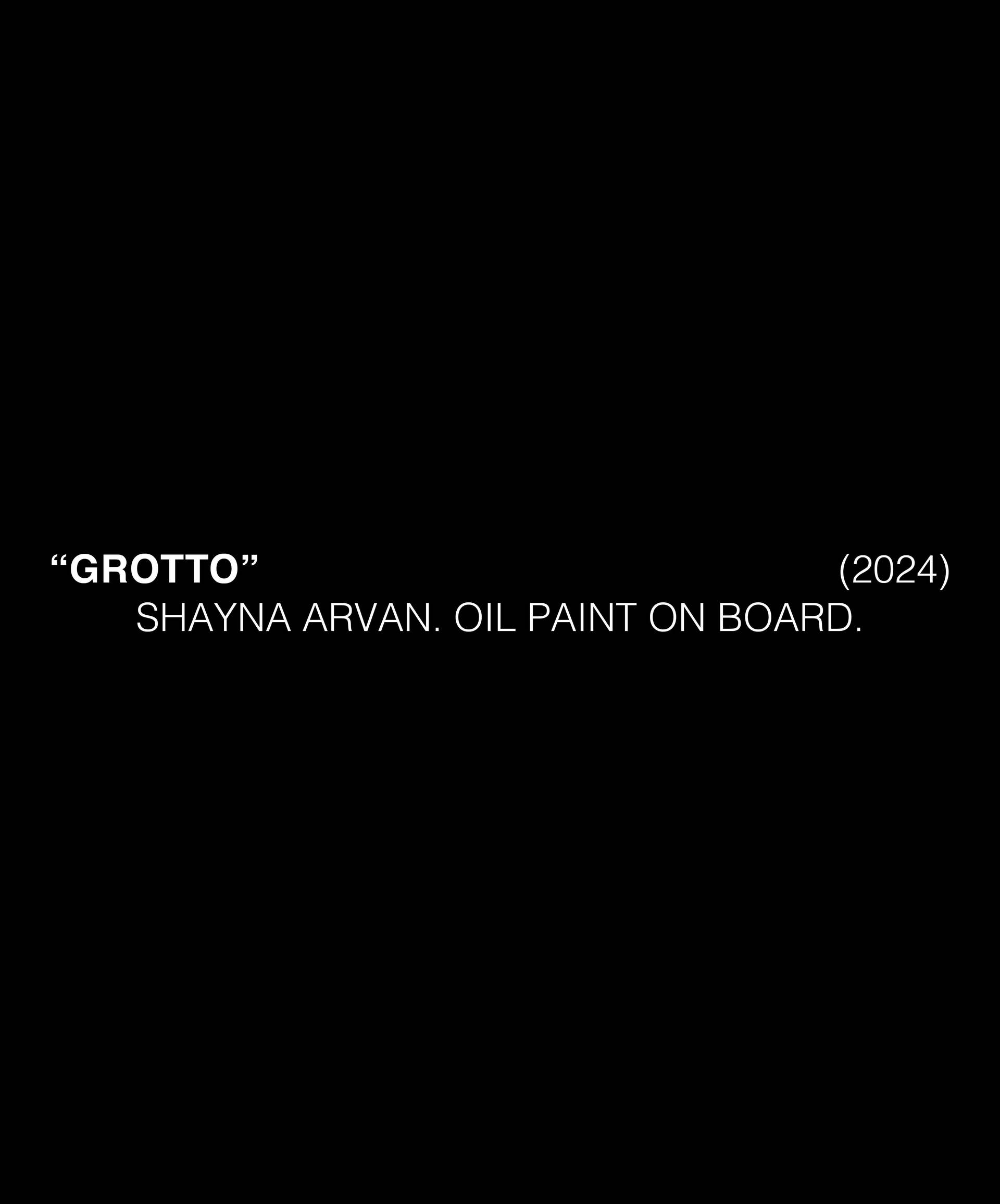
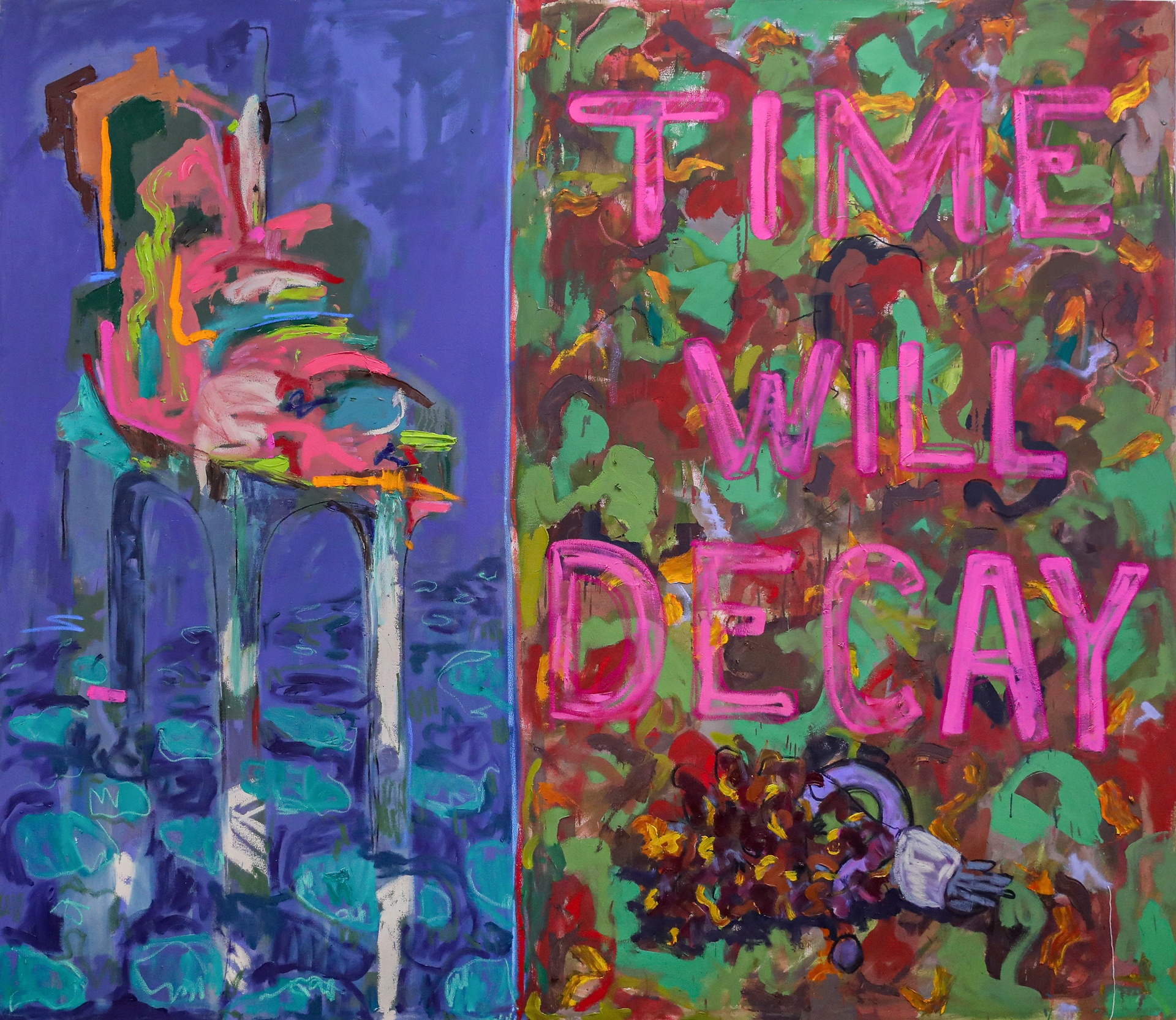

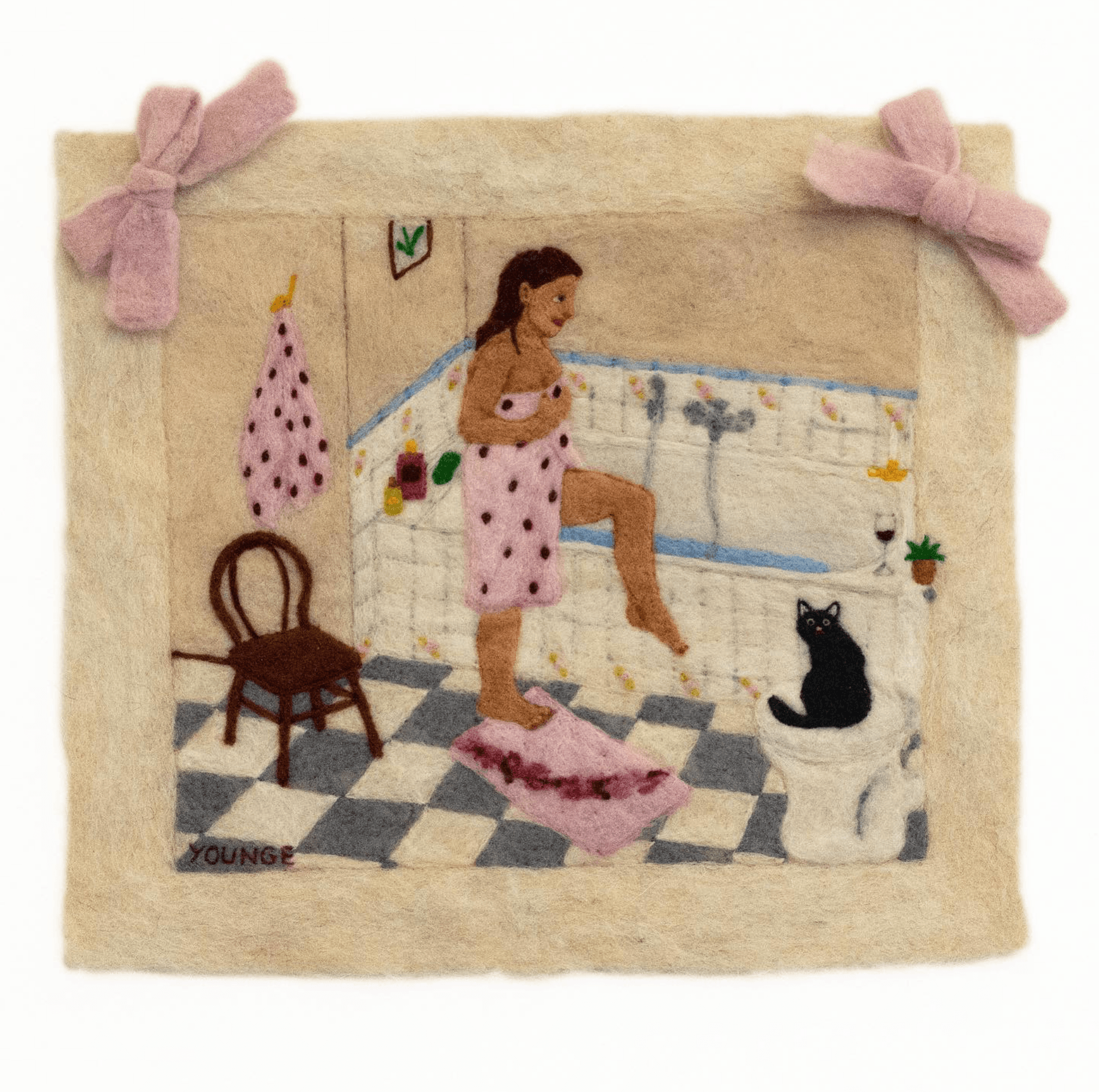
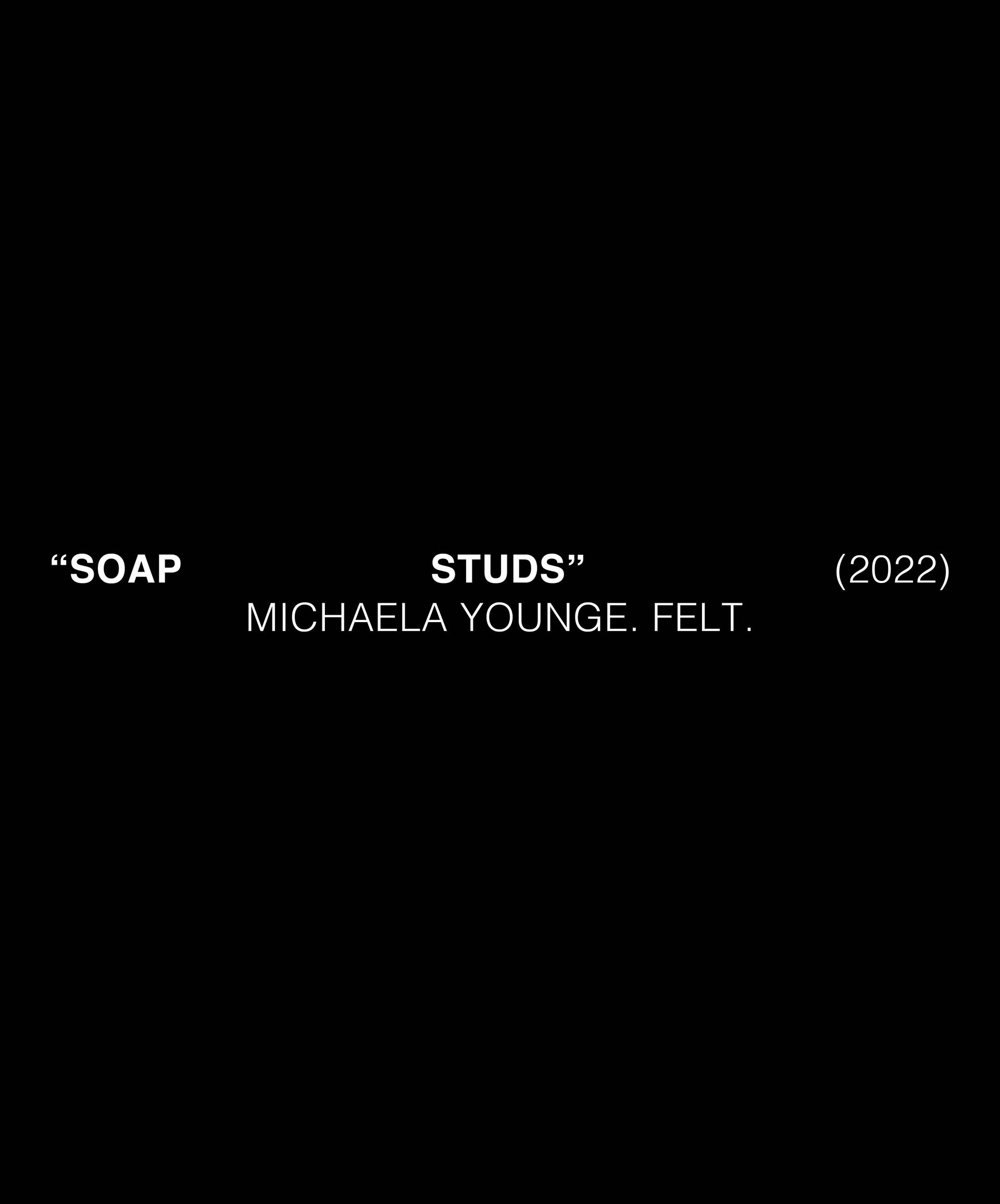
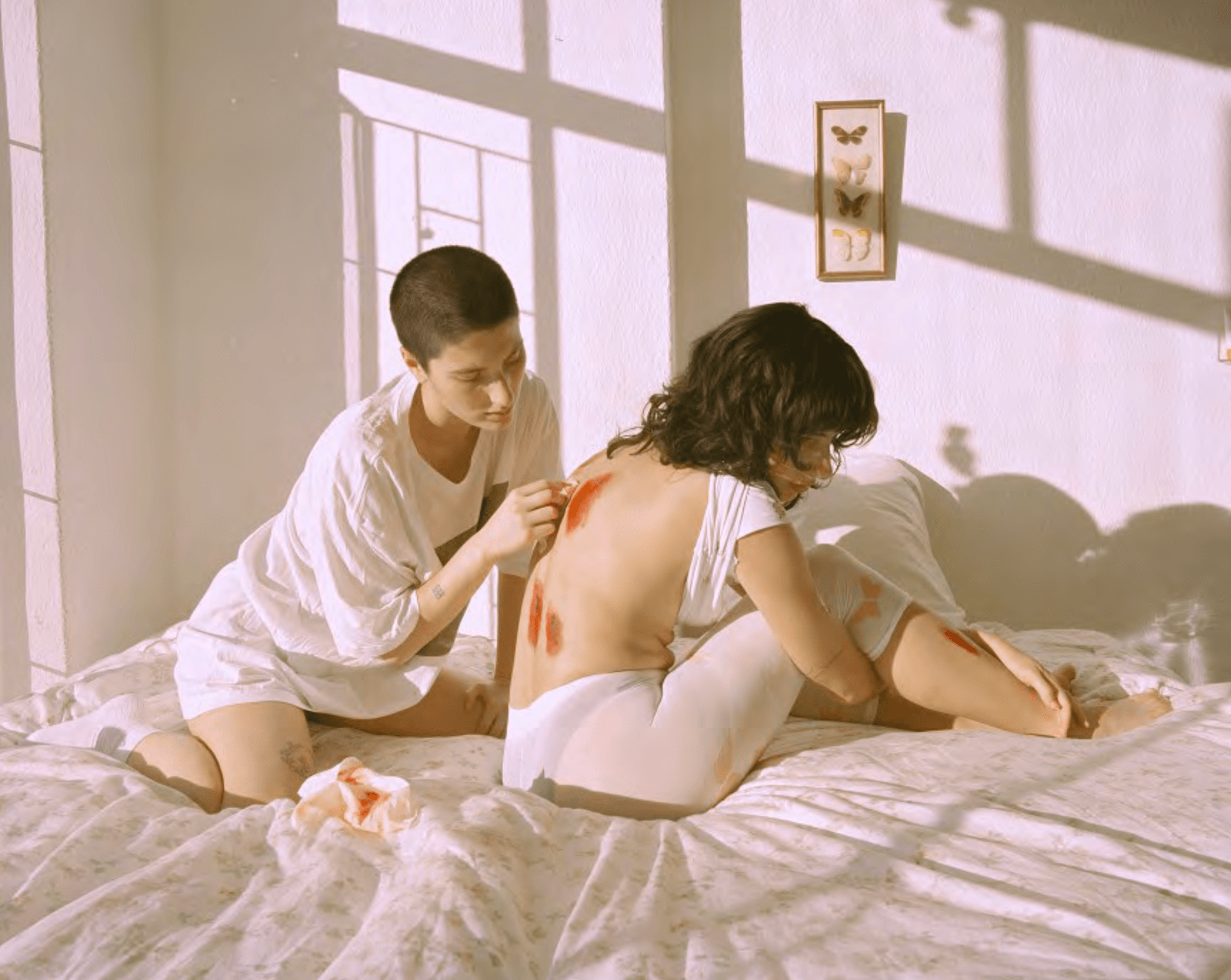
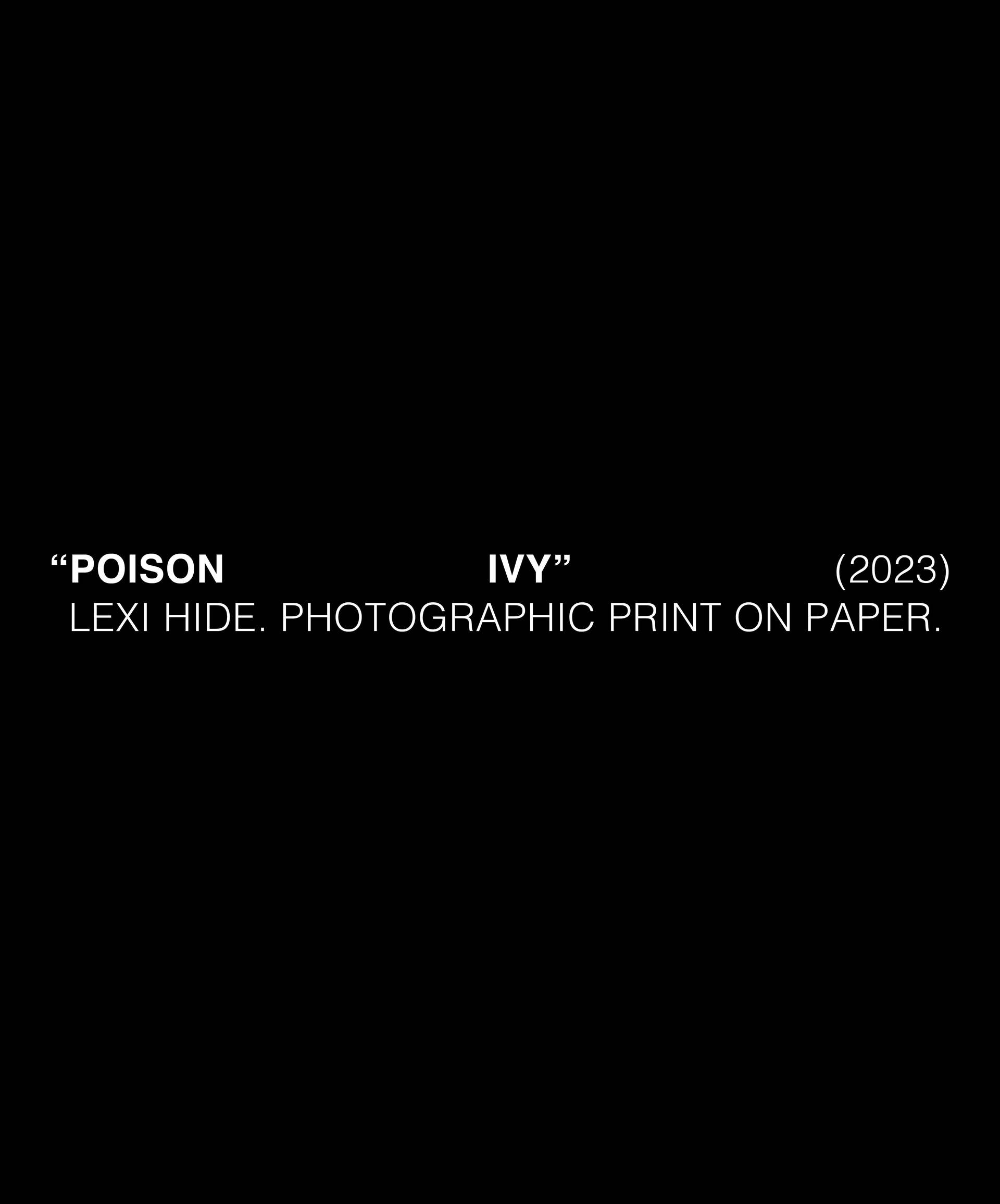
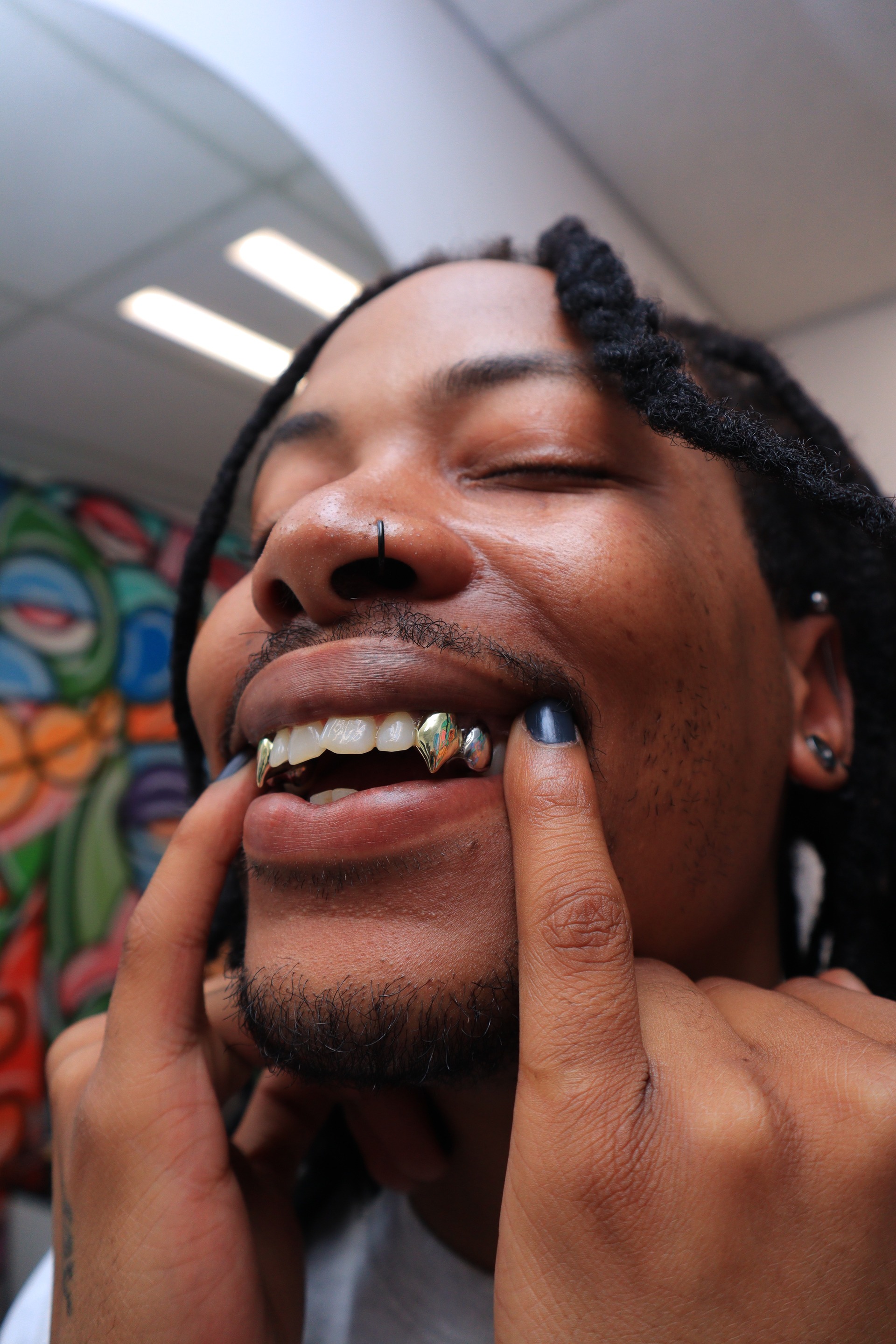

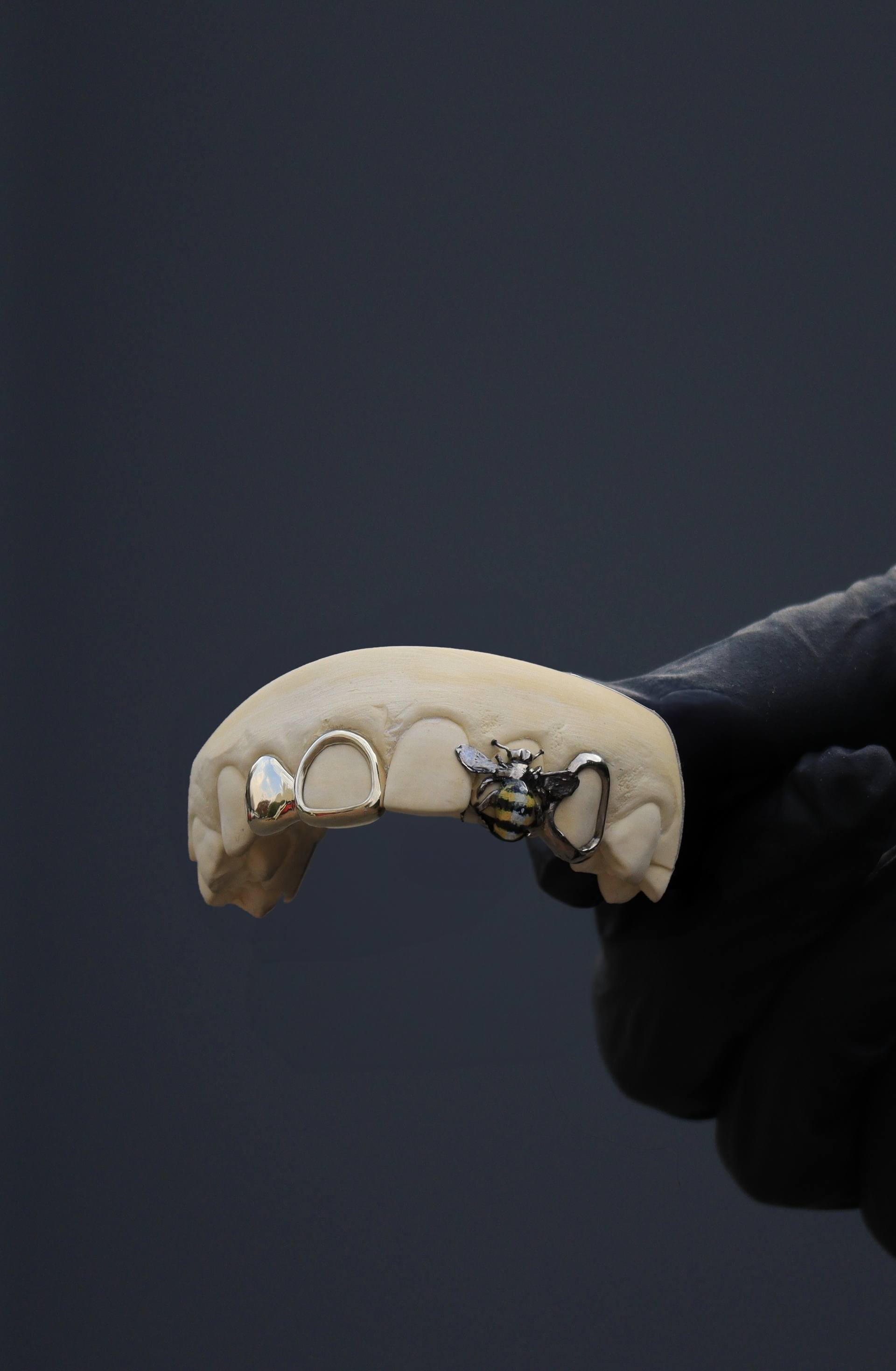
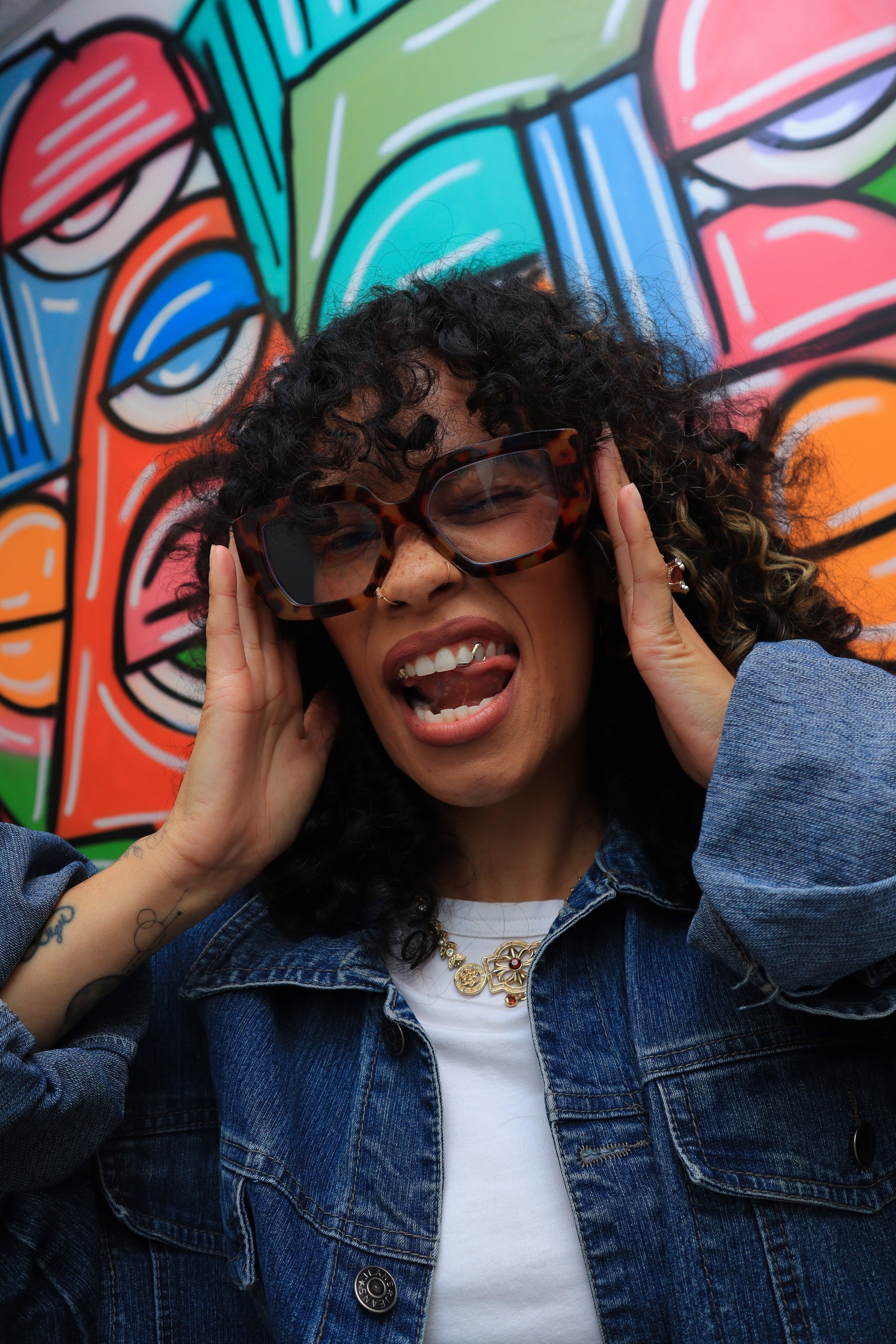
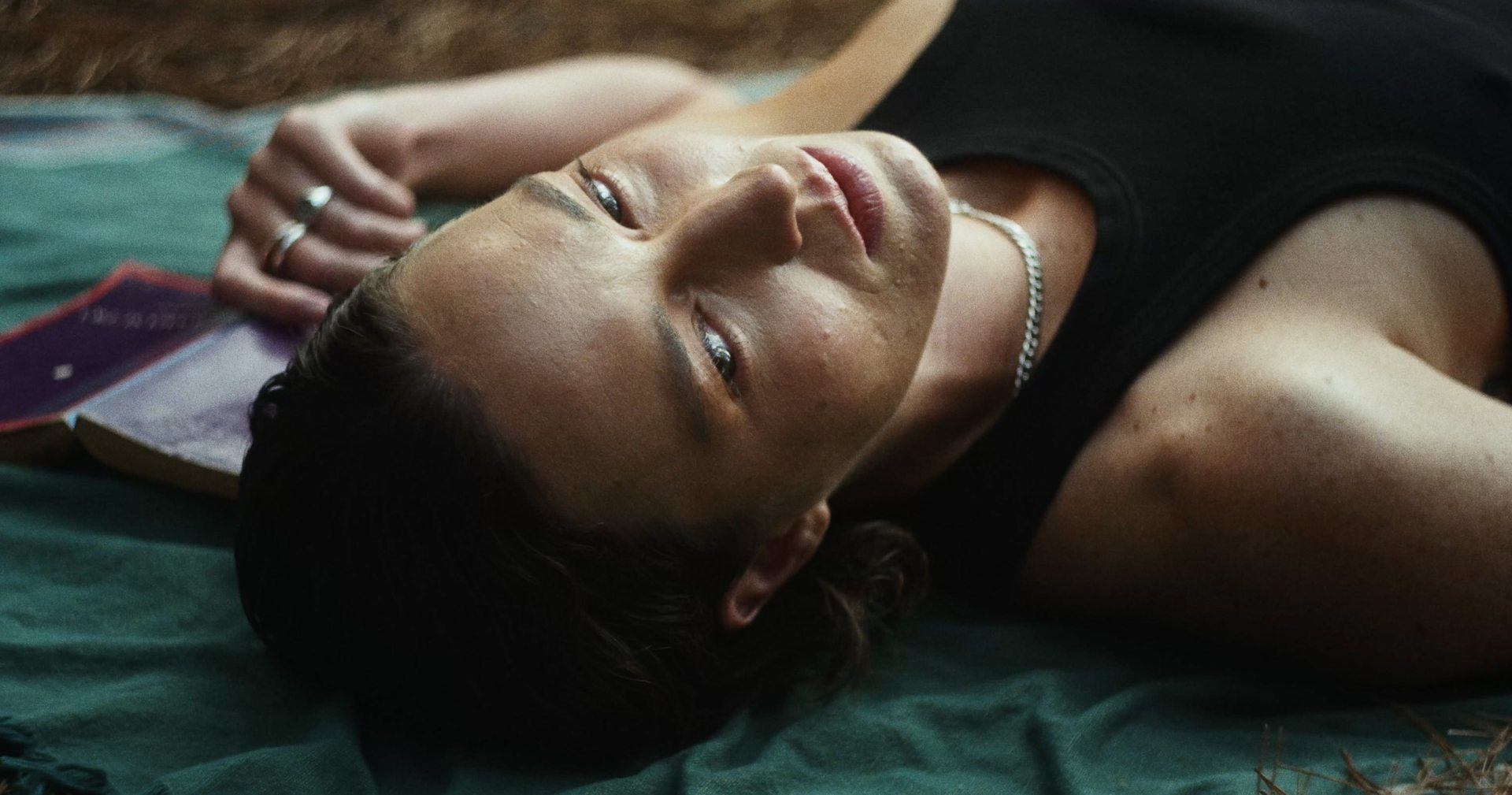
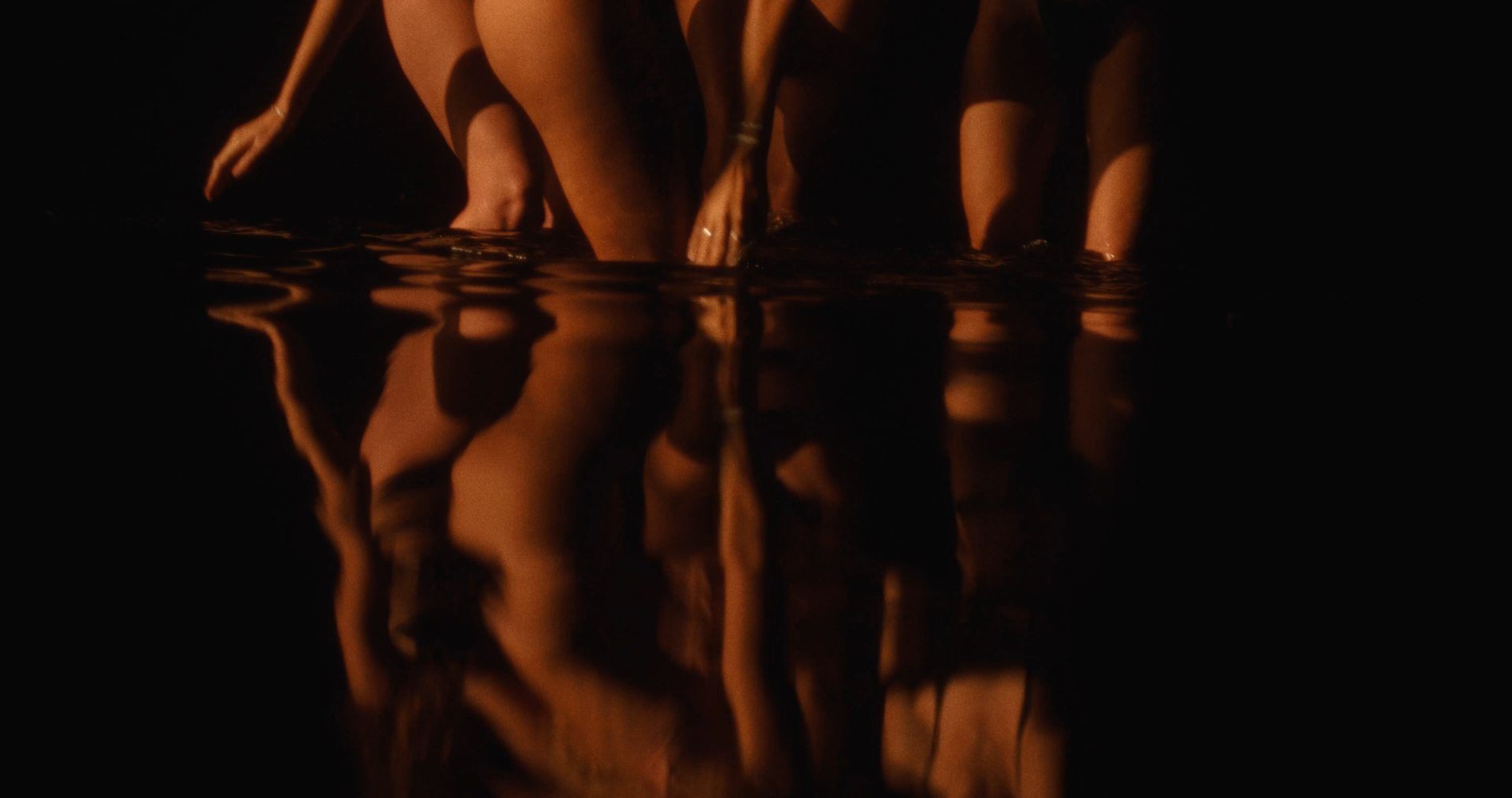
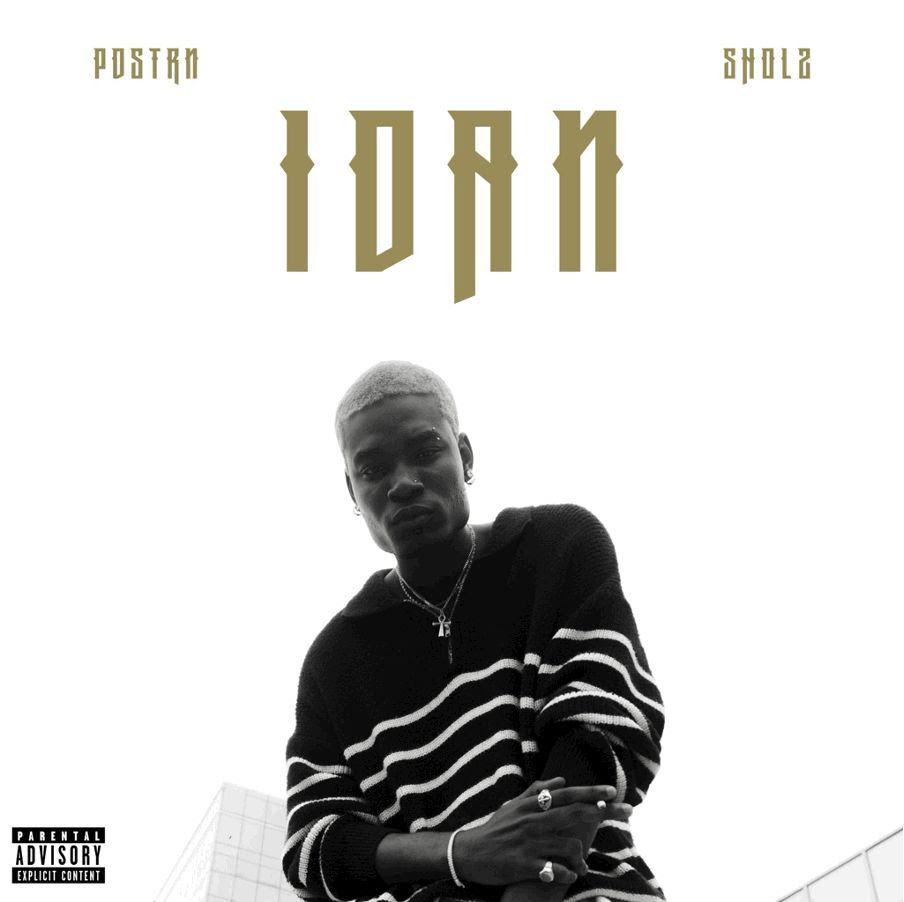

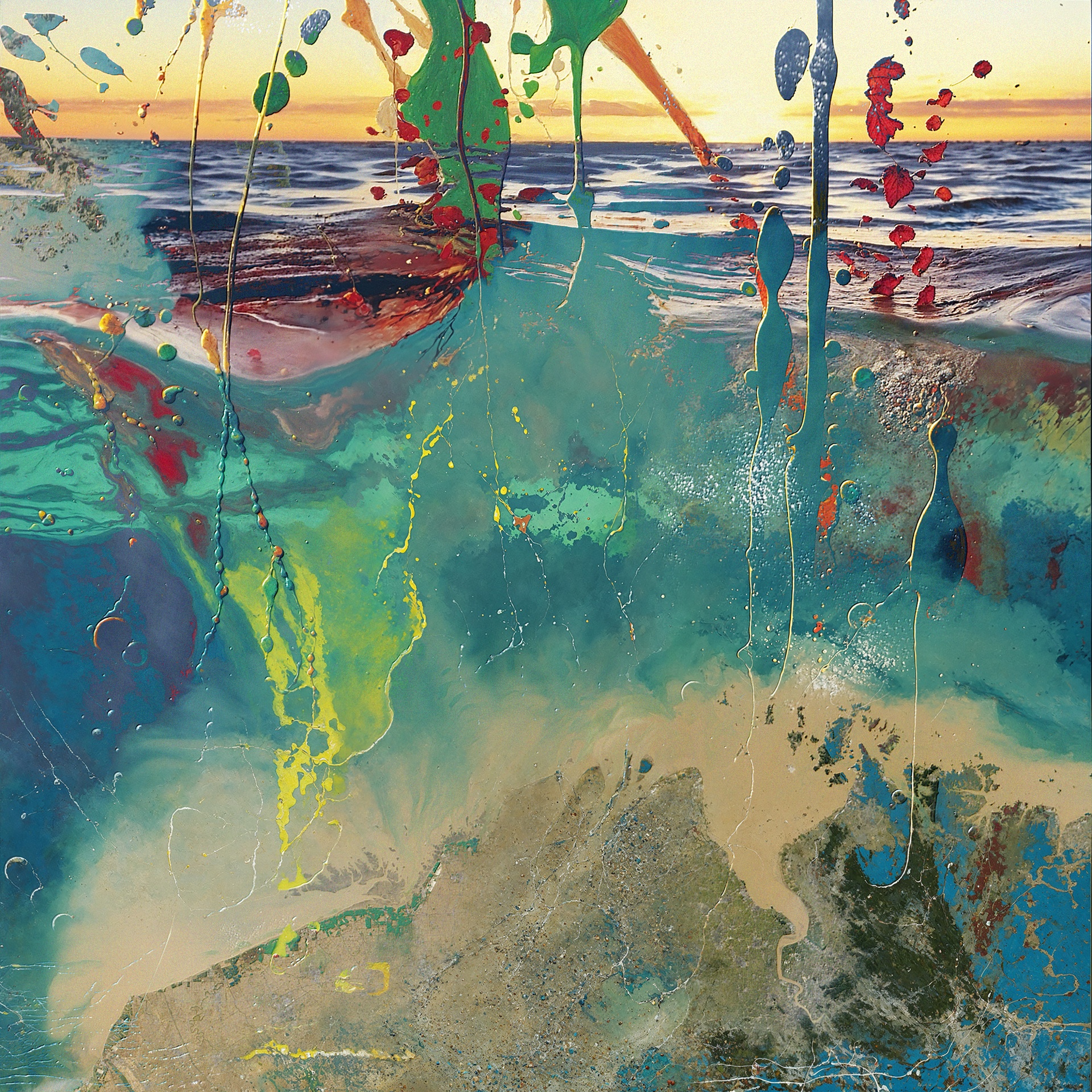
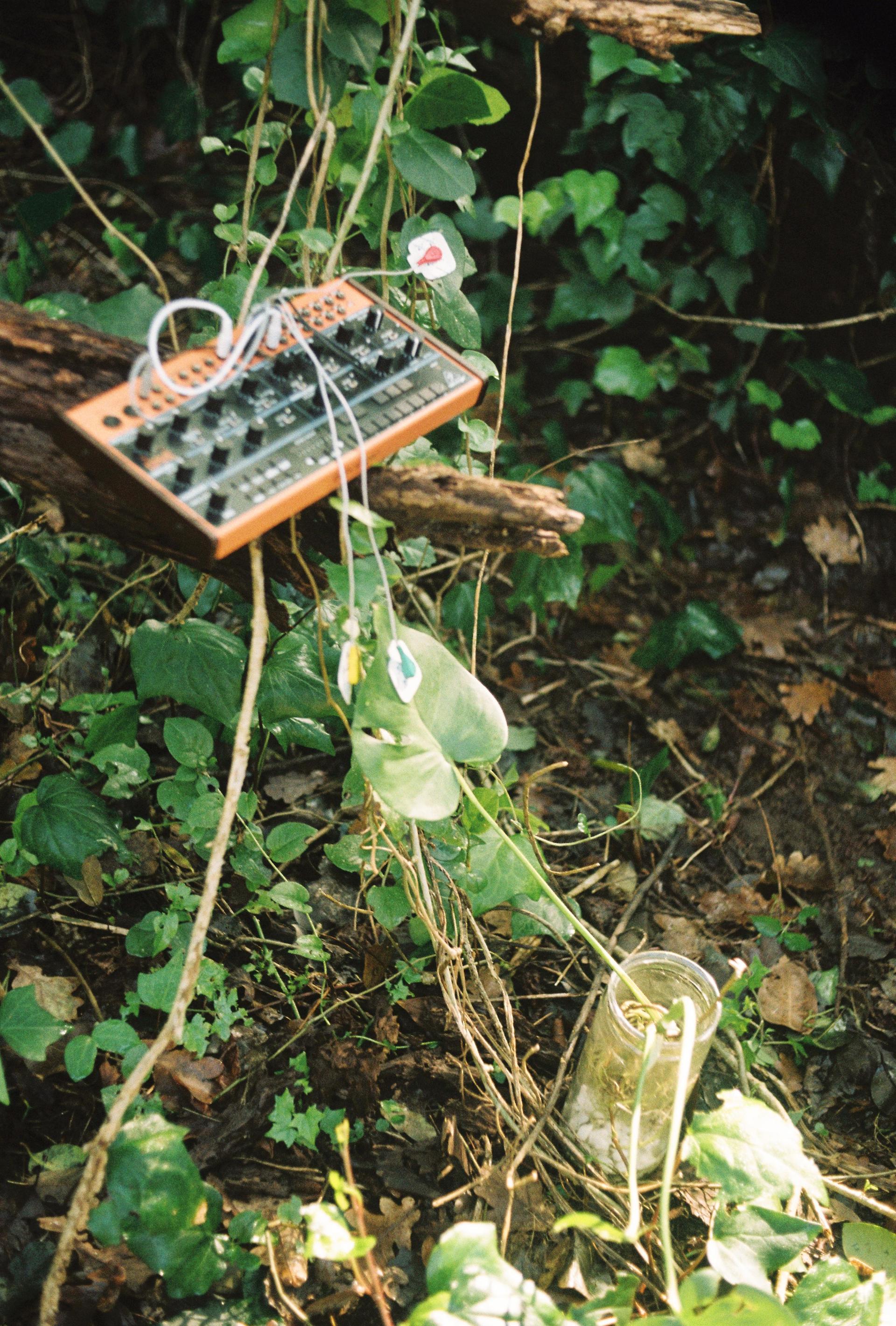
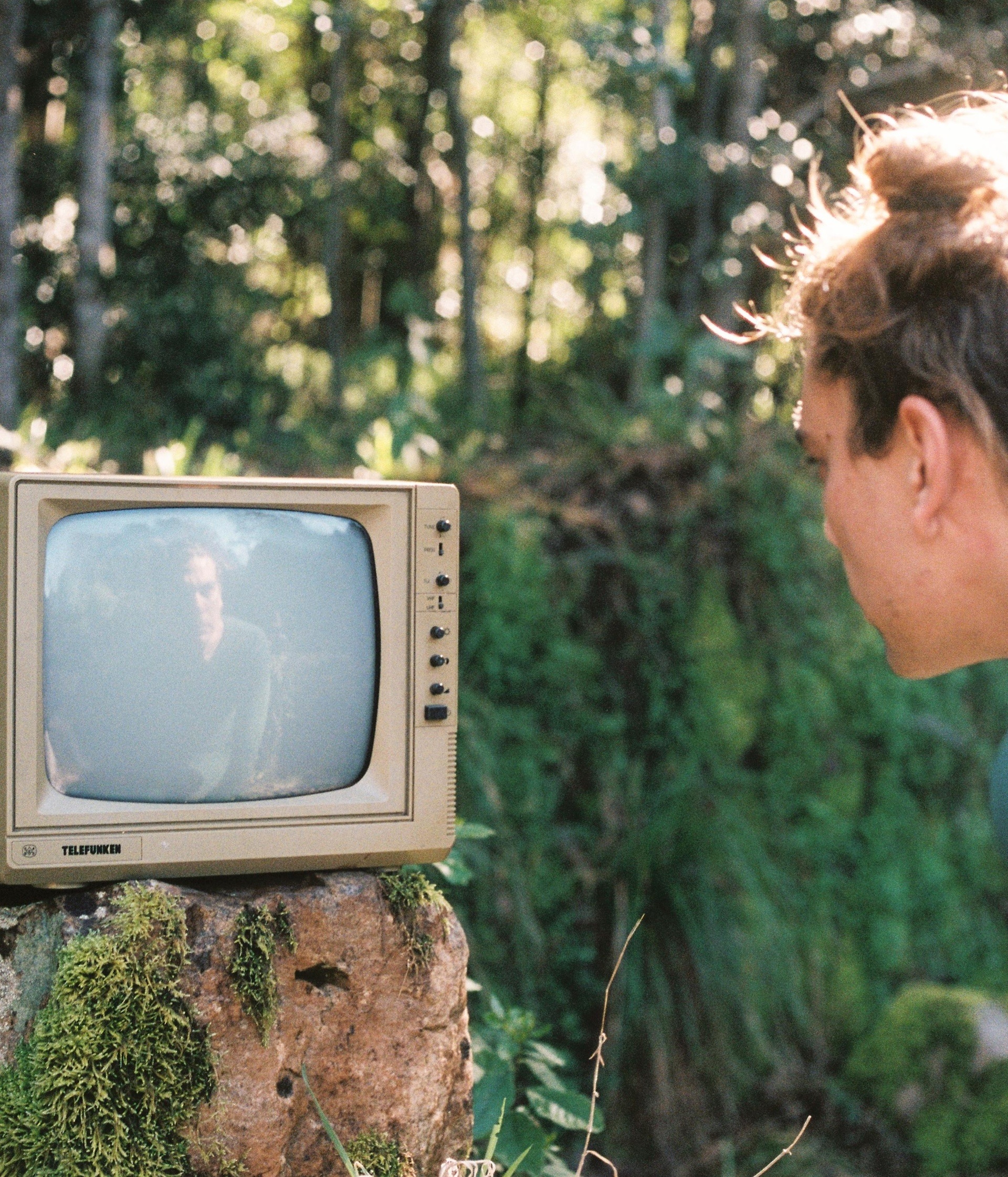
Recent Comments